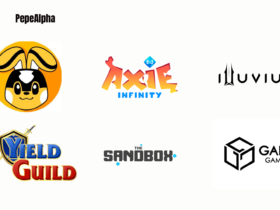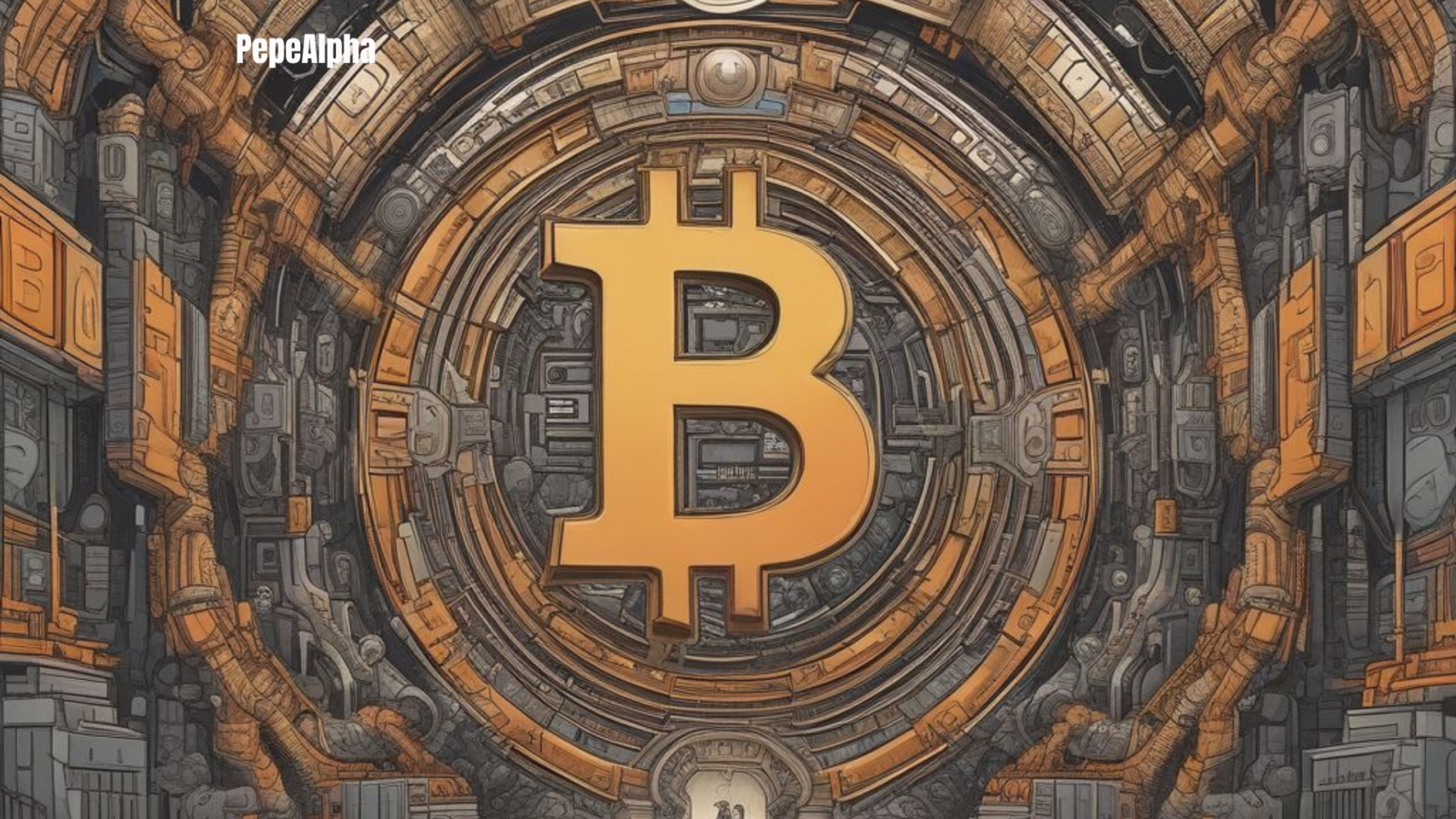Ribbit! Pepe here, ready to leap into the world of Bitcoin halving and uncover its impact on the hardworking miners who keep the crypto wheels turning. Strap on your mining helmets, fellow frogs, as we delve into this fascinating topic!
The Squeeze: Less Reward, More Competition
Picture this: you’re a diligent miner, dedicating your time and resources to secure the Bitcoin network. Suddenly, Bitcoin halving comes along and slashes your block reward in half. Ouch! It’s like hopping uphill with half the spring in your step. For smaller miners with less powerful hardware, this reduction in rewards can feel like a real punch in the lily pad. And with competition remaining fierce, some miners might find themselves up a creek without a paddle, forced to shut down if they can’t keep up.
Price to the Rescue?
But fear not, my fellow miners! There’s a silver lining to this cloudy pond. Historically, Bitcoin halving events have been followed by price increases. It’s like finding a golden coin at the end of a rainbow! The logic goes like this: with fewer new Bitcoins being minted, and demand staying strong, the value of Bitcoin could soar. So even though you’re getting fewer Bitcoins per block, their value might just make up for it. Talk about turning tadpoles into frogs!
Innovation Breeds Efficiency
Ah, but miners are a crafty bunch. Faced with the challenge of a shrinking reward, they roll up their sleeves and get to work on innovation. It’s like a game of crypto chess, with miners constantly seeking ways to improve efficiency and stay ahead of the curve. This could mean upgrading to more powerful hardware, hopping over to regions with cheaper electricity, or devising clever tricks to optimize energy consumption. The halving, in a way, acts as a spark for innovation within the mining community.
A More Decentralized Future?
But wait, there’s more! The economic squeeze of the halving could also lead to a more geographically distributed mining network. Miners might start eyeing up locations with lower electricity costs, spreading their operations far and wide. This could help decentralize the Bitcoin network even further, making it less reliant on any single entity. It’s like spreading tadpoles across different ponds for added resilience.
The Next Halving and Beyond
As we gaze into the crystal-clear waters of the future, one thing becomes clear: the next Bitcoin halving is just around the corner, estimated to occur in 2024. With each halving, the supply of new Bitcoins dwindles, until eventually, in 2140, all 21 million Bitcoins will have been mined. At that point, miners will have to rely solely on transaction fees to earn their rewards. It’s like reaching the end of the crypto rainbow!
In conclusion, Bitcoin halving is a test of resilience for miners, pushing them to innovate and adapt in the face of economic challenges. While the road ahead may be bumpy, it’s also filled with opportunities to strengthen the network and ensure its long-term sustainability. So keep on hopping, my fellow miners, and let’s ride the waves of innovation together! Ribbit on!












Leave a Reply